Have you ever wondered what life could be like going ‘half-blind‘? Let’s see what people with monocular vision experience. Most of us know ‘mono‘ means one and ‘bi‘ means two, thus in terms vision, monocular means vision with one eye.
When it comes to vision, monocular vision is defined as ‘vision wherein both eyes see different images‘, whereas binocular vision is defined as ‘using two eyes with overlapping fields of view‘.
In animals, monocular vision refers to both eyes working independently of each other. This is great for an extended field of view, however depth perception can be impacted. For humans, monocular vision refers to vision impairment whereby one eye is either blind or simply unable to take in images like the healthy eye.
Field of View
What do you see? is generally the first question somebody with monocular vision gets asked. Here’s a simple diagram to kick us off:
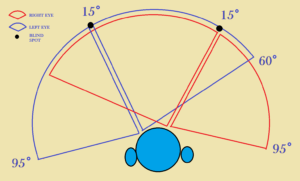
The normal human visual field of a solitary eye, from the centre of the eye, will range from approximately 95 degrees toward the ear and 60 degrees toward your nose. This means each eye gives around 155 degrees of vision.
As you can see, the field of view can be significantly impacted – up to 60 degrees in some cases. If you had a full loss of vision in an eye, this would leave blind spots on the opposite side of that eye.
Having a blind ‘side‘ can lead to all sorts of problems, including:
- Accidently bumping into people and objects.
- Having to turn your head more when driving.
- Becoming anxious in crowded areas, such as shopping centres.
- Depth perception issues.
Depth perception would possibly be the solitary difficulty that has the greatest impact on people with monocular vision.
Depth perception
Your brain combines both pictures from each of your eyes to form a 3D image. Those with monocular vision only have a single eye’s picture to process, thus it is hard to judge how near or far away something is.
To achieve this, the brain uses other visual cues to get a more accurate depth idea. Some examples include:
Motion Parallex:
By moving your head around, objects at different distances move at slightly different speeds. Objects close to you move faster than those further away.
Interposition:
When objects overlap each other, we are able to gauge which is further away.
Perspective:
When parallel lines converge, this gives a sign of relative distances, for example, a road going further away will bring the lines together.
Aerial perspective:
Colour and contrast are cues that give away how far an object is. The further away it is, the more blurred the image becomes.
Ball Sports
Catching fast-moving objects, such as a ball, can be a difficult task, as the time your brain works out visual cues. This makes playing sports such as tennis, basketball, soccer and squash harder for somebody with monocular vision.
However, there are sports that having only one eye can be beneficial. Target sports like shooting, archery and snooker are prime examples of these. In fact, an Australian Snooker Championship was once played where both players had artificial eyes! You can read the victor of that game, James Bonner, story here.
Practical tips for living with monocular vision
- When pouring water, gently sit the spout on the edge of the cup, or use assistive items such as the easy-pour Uccello Kettle.
- Let your friends or family know its easier for you to have them walk or sit on the side you can see.
- When putting a drink down, place your other hand down first on the surface.
- Use railings when climbing up and stairs.
- Use blind spot mirrors in your car.
- Turn your head slightly to see more things on your bad side.
- When stepping down from a surface, move slowly and point your toe at the ground to judge where the surface is.
- Move slowly when grabbing at things at close proximity.
- If you’re new to having monocular vision – don’t stress! You will get used to it!.








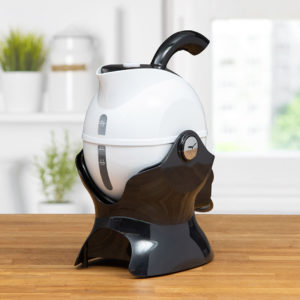
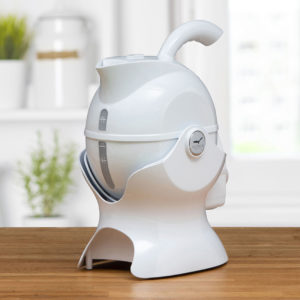
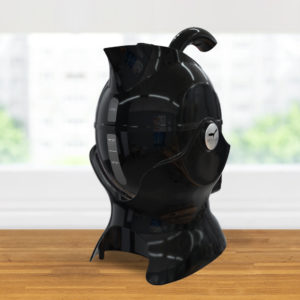
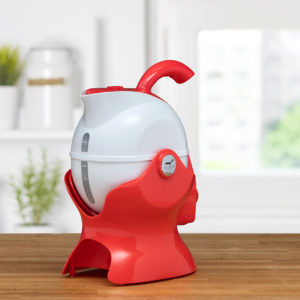

Leave a Comment